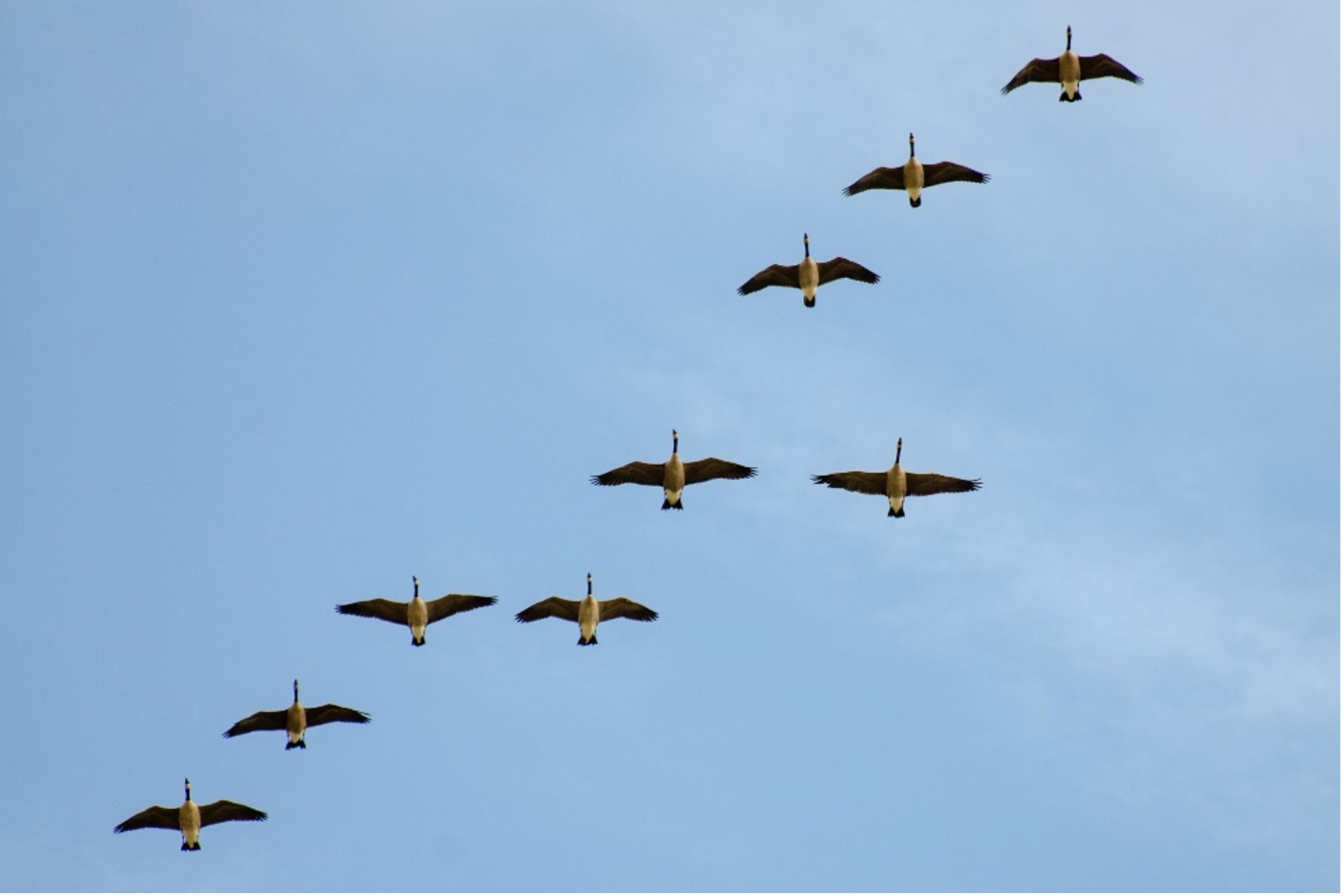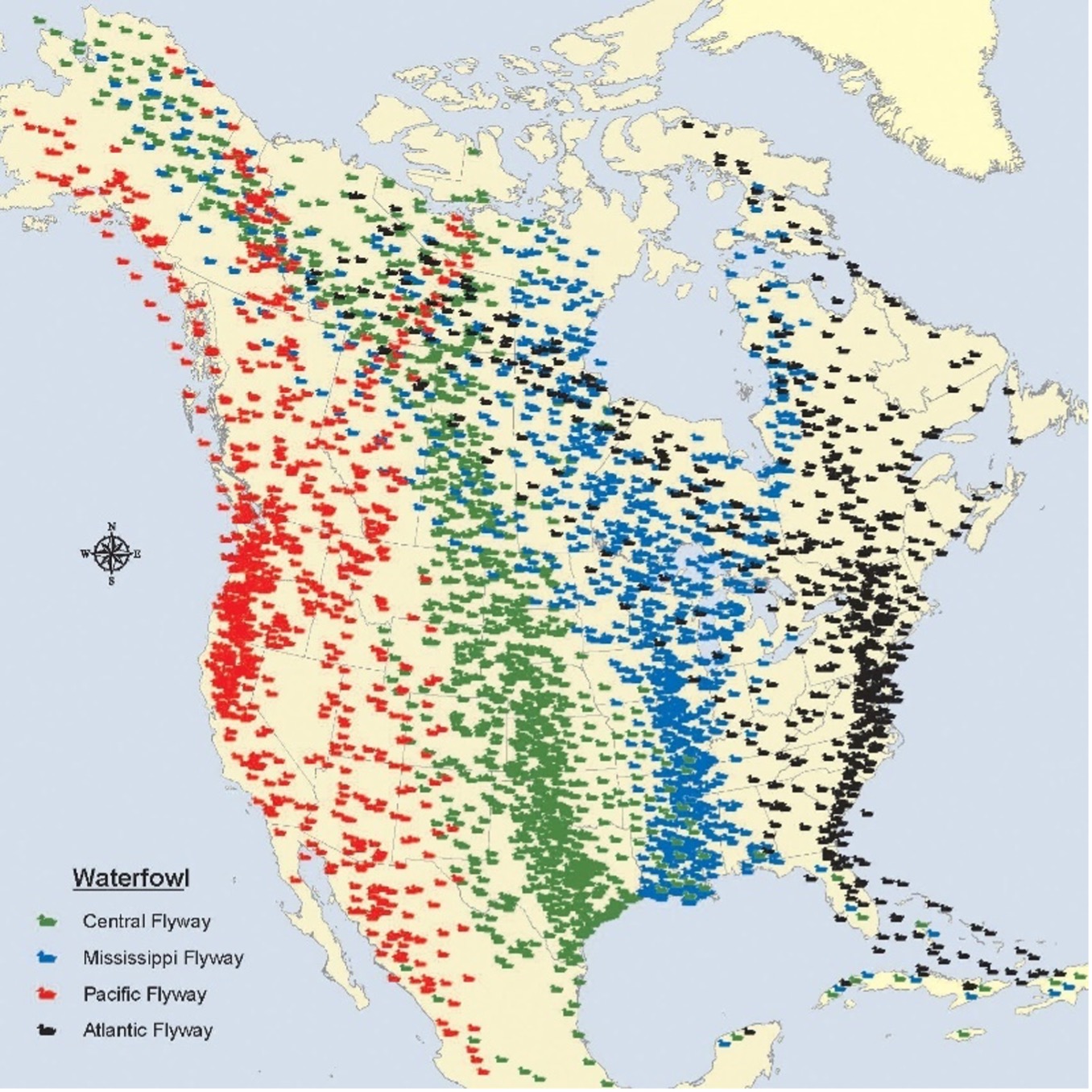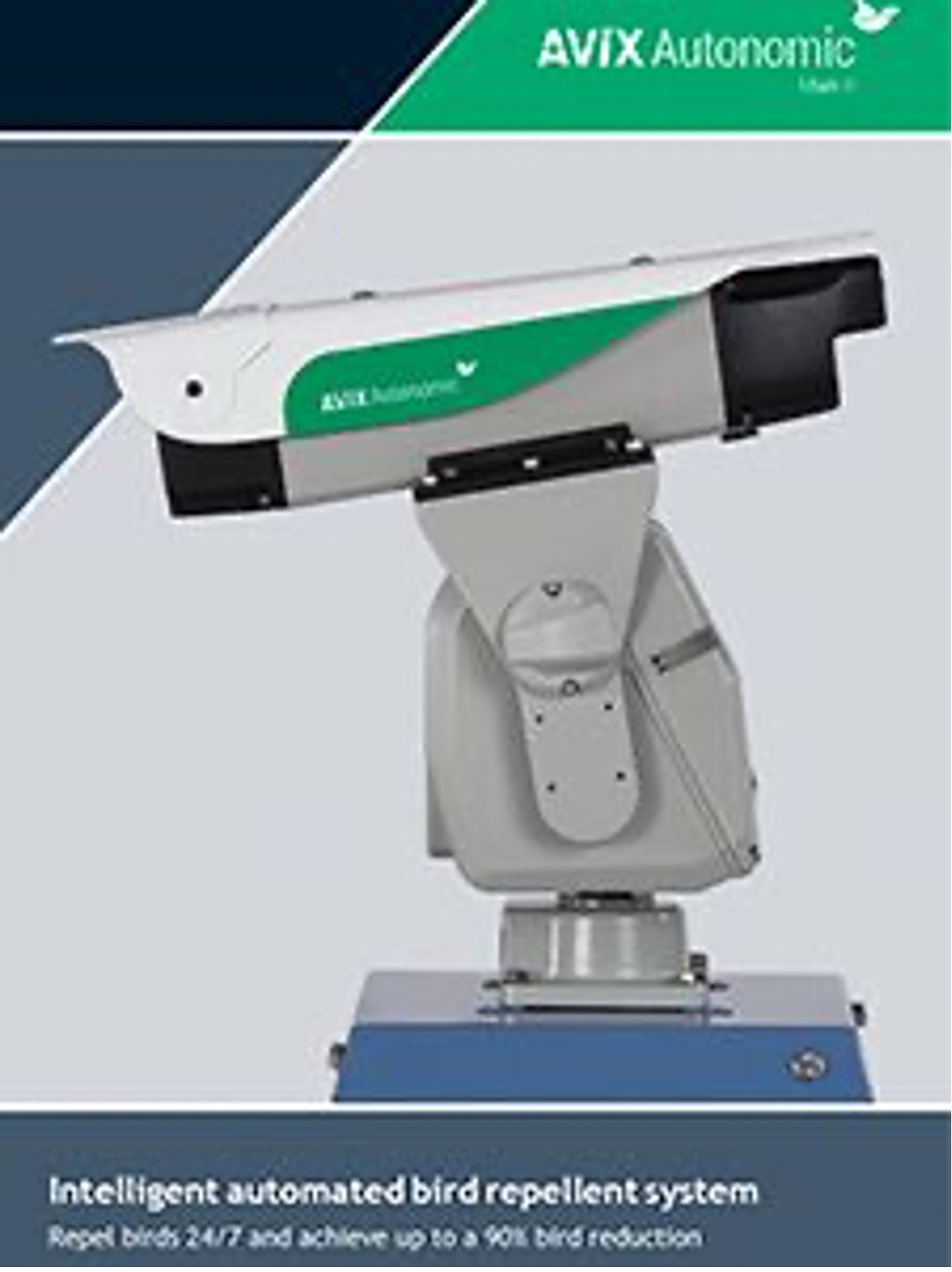How to Ensure Your Crops for the Season
Jan 27, 2023
As winter comes to its peak in January and February, it can be difficult to think of every detail that goes into the spring planting season. There are plenty of birds that are around year-round on most properties, whether it be in neighboring woods or inside barns and other buildings on the property. These birds are likely to be already established to any available food source. Once more birds return during the spring migration, pressure on the property will increase rapidly. As many crops are planted in the spring months, you want to make sure you have the best management practices in order to ensure a healthy and plentiful crop season.
Spring Impacts on Farms from Birds
When spring arrives there is more food readily available for birds that migrate into the area. For most species that prey on crops in the spring, migration will begin in early April. These birds may be passing through on their flyway, or may recognize the food source opportunity and settle in for the season. Either way, there has been shown to be a positive correlation to the population increase in birds vs the yield loss and damages caused. The main goal of migration is to establish a nesting area where there is food readily available and easily accessed.

Map of North American Flyways curtesy of the North Dakota Game and Fish Department
Case Study in Sweden Shows Damage Possible on Your Property
In Sweden, Canada Geese are considered a non-native species. Therefore, there is a small population causing damage to crops in the country. Even though their populations are smaller, the Canada Goose alone has been shown to cause 217 tons of yield loss over 15 years. Taking this into consideration, there are many more Canada geese in North America which multiplies this damage. If a person isn’t prepared for the influx of birds in spring, newly planted crops might be a perfect buffet for the incoming birds and the yield loss will be coming out of the grower’s pockets.
Best Practices Used to Ensure a Good Planting Season
Wild Goose Chase uses high intensity lasers to remove birds from properties. These work because the key to removing pests is randomness and frightfulness. Other techniques such as noise cannons or flags may work at first, but they lose their effectiveness over time. The automated lasers are programmable to occur at different times which allows the farmer to worry about their crops and not pest birds that would be feasting on the product.

Identifying the problem and the species that is causing damage is the first step that we take as a company. The best practice to lessen damage is preventing the damage from happening in the first place. Wild Goose Chase can help farmers to identify the problem and then identify the best practices to implement in order to minimize bird problems. Having many solutions available to our clients, our company can provide outstanding results on your property. There are many stages to planting spring crops and lots of things to check off your list, let Wild Goose Chase take one item off the list this spring.


 0
0
